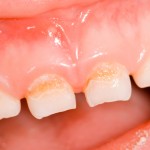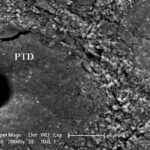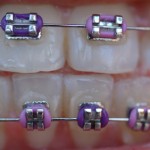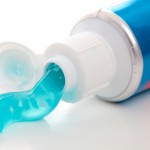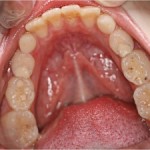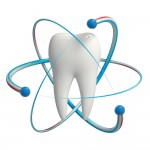
This review of the effectiveness of professionally applied fluoride therapy in preventing and arresting dental caries in older adults aged 60 years or above included 7 studies. The findings suggest that 5% NaF varnish, 38% SDF solution, and 1.23% APF gel were effective in preventing root caries but the studies were varied in treatment protocols, intervention method and follow-up period so more research in needed.
[read the full story...]